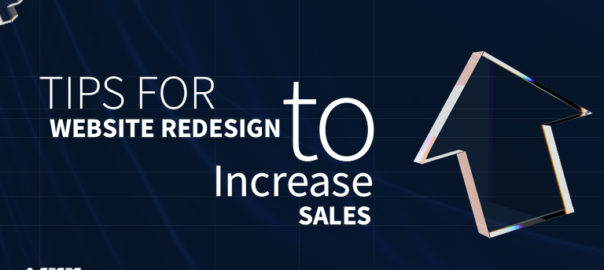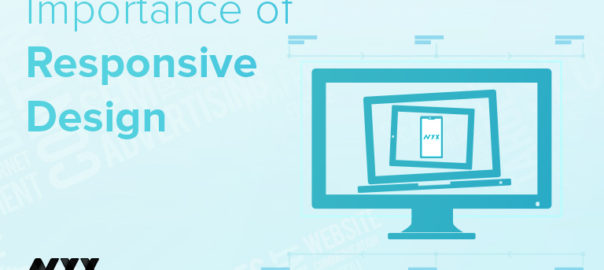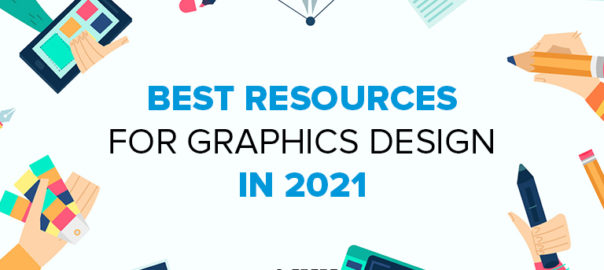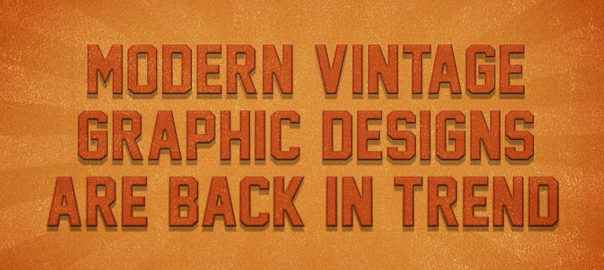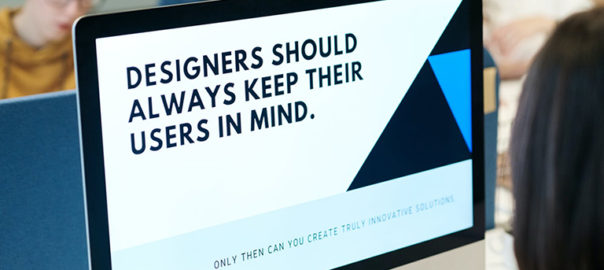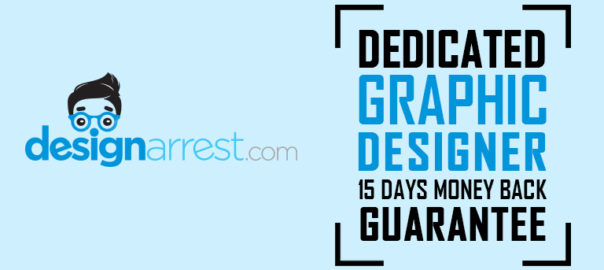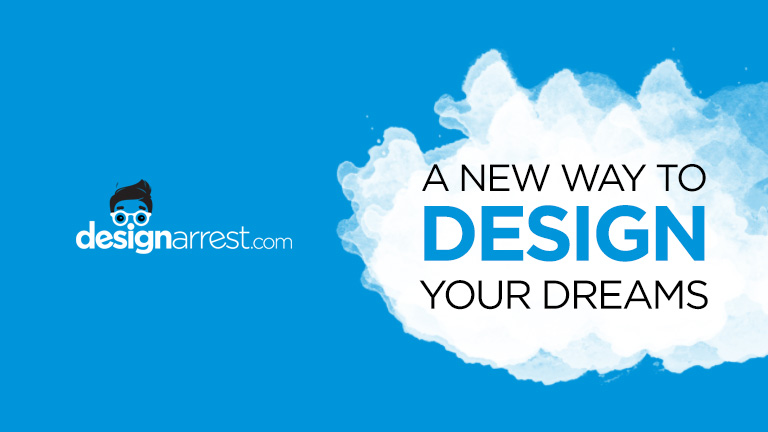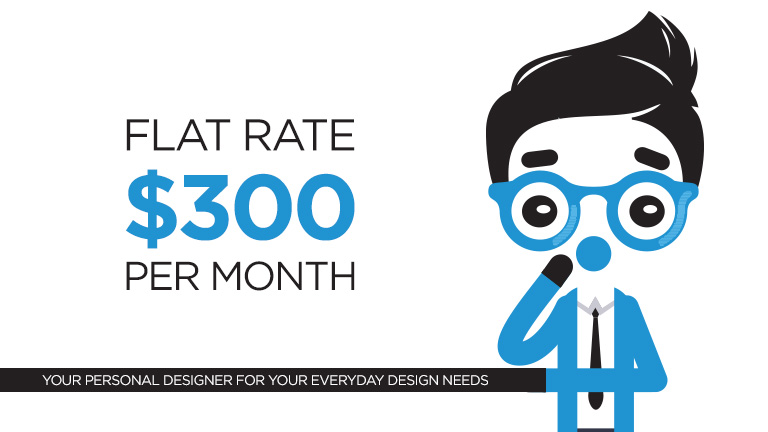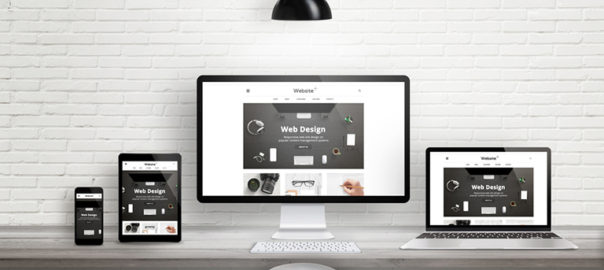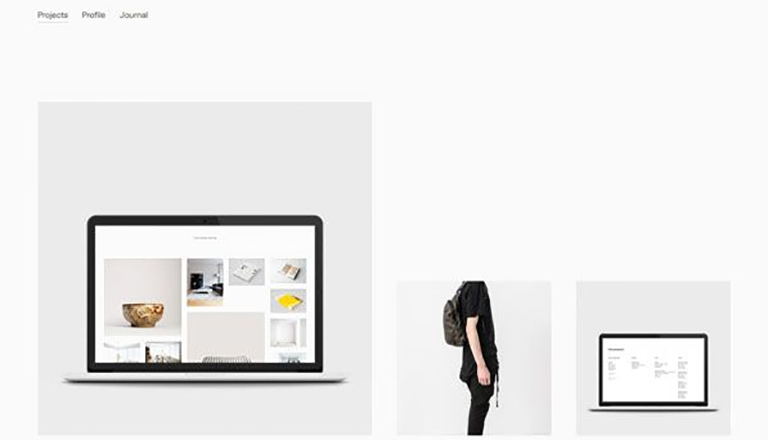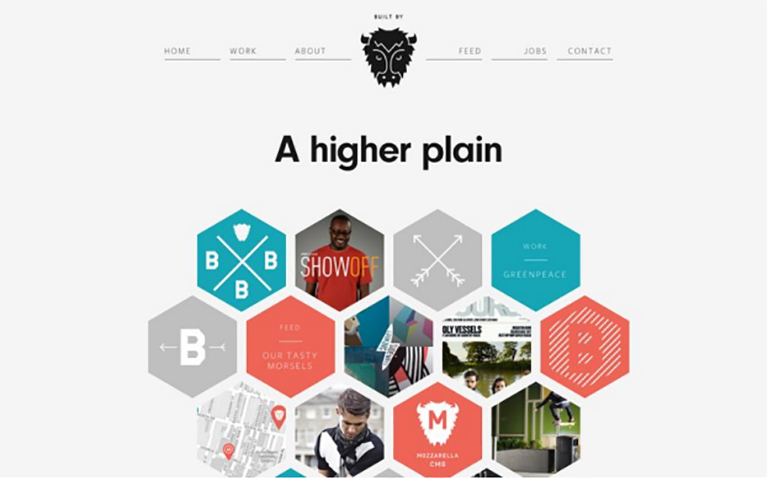The holiday season is a wonderful time to wrap up a successful business year and set the tone for a prosperous new year. This time of year is ideal for owners of online stores to increase revenue and surpass their profit targets. Therefore, if you want to conclude the year on a high note and keep expanding your online marketplace, take advantage of the holidays by website redesign.
You must, however, understand how to profit from online holiday shopping. You need to learn how to succeed in the face of intense holiday season competition. Today, we’re going to discuss with you how to prepare your website for the festive season, so you may recognize this year as a resounding success and enter the next year with confidence.
Create An Efficient Strategy
Find out what you hope to accomplish before you start. To develop an effective plan for redesigning a website, you need measurable and specific targets. Goals can include improving lead conversion by a certain number, boosting traffic statistics for better SEO, publishing more adverts, and much more. Each objective requires a unique strategy that can be formulated with the assistance of a website design agency.
Evaluation Of Existing Website For Redesign
Finding what needs fixing in the layout is the first step in making the necessary adjustments. Spend some time conducting an audit of the website and establishing priorities for necessary modifications. Try asking yourself, “What about it is so unappealing?” or “Why is it so difficult to use?” and then analyze the answers.
The research will show you what should be left out of the website redesign. Hence, you may fine-tune your plan for optimal results, which will allow you to make better decisions in the future.
Define Your Targeted Audience
Even with the most intuitive user interface possible, site performance will suffer if the layout doesn’t work for the target audience. Understanding your target audience is essential. Remember that the point of posting online is to have others consume your work.
For instance, online art galleries that are ostensibly meant to display works of art typically feature just photographs. But will a brand that attempts to sell paintings online succeed if its website design doesn’t do anything to draw attention to the paintings it sells? Some websites, like news blogs, have found success by adhering to a strict format designed to attract visitors with a particular interest.
Observe Your Competitors Closely
There are a number of factors, including industry, niche, and target audience, that can affect the layout of a website. Competing brands’ websites can look identical to one another. Since you’re competing for the same customers as them, it’s a smart move to study how they’ve succeeded.
Make A List Of Your Requirements for Website Redesign
Knowing your intended audience, the constraints of your present website and other variables will help you properly prioritize your list of necessary features. Add-ons that cater to a certain audience or expand the site’s capabilities are examples of this.
The criteria for an “excellent” website should be established by your needs. Having a well-defined plan in place now will make it much simpler to incorporate all the necessary elements during development.
Implement The Redesign of Website
Implementing the new design for the website is the last phase, and it must be done precisely. If you employ someone or try to handle it yourself, be sure that progress is being made according to the plan. If you’re hiring web design services, be sure you’re able to convey all of your needs clearly to them.
Bottomline
Small businesses, in particular, have a great chance to make a splash and establish a reputation for themselves over the Christmas and New Year’s holiday seasons. Putting these suggestions into practice on your website can have a profound effect, boosting both its performance and the number of customers it converts.


